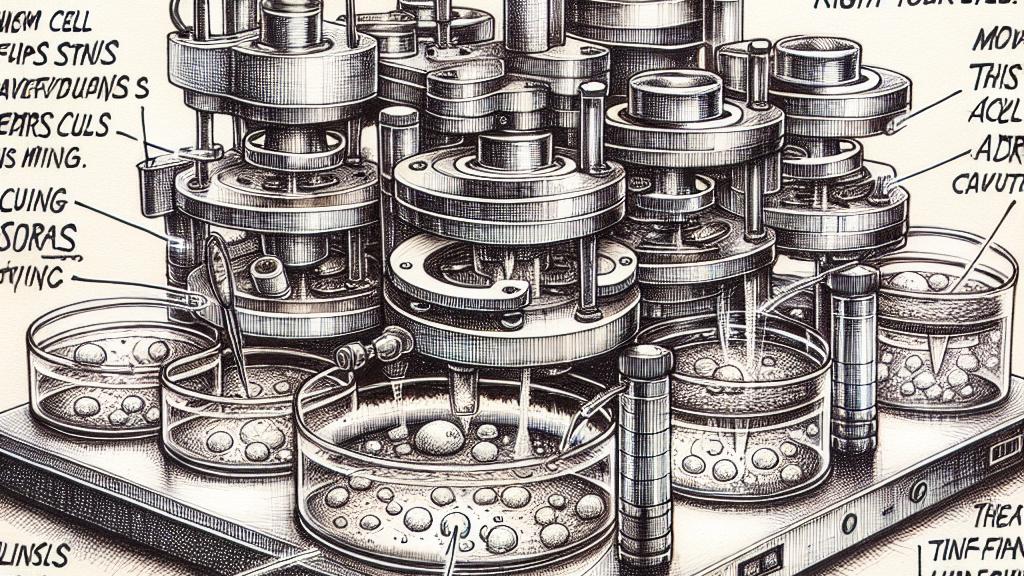Advancements in Real-Time Cell Monitoring Technology
Overview
- The INSPCTOR by Osaka University allows unprecedented real-time tracking of stem cell growth, transforming research methodologies.
- This cutting-edge imaging device enhances our understanding of cell behavior, paving the way for breakthroughs in regenerative medicine.
- With its long-term monitoring capabilities, INSPCTOR opens exciting new paths for exploring cellular dynamics and therapeutic applications.

Revolutionary Imaging Technology Unveiled
In an extraordinary leap forward, researchers at Osaka University have introduced the INSPCTOR, a trailblazing imaging device that redefines how we monitor cell growth directly in incubators. Traditional imaging often limits visibility or requires complicated setups, but INSPCTOR’s innovative lens-free design uses thin-film transistors (TFT) to allow for simultaneous observation of up to six individual culture chambers. This groundbreaking capability not only simplifies the observation process but also transforms it into a real-time experience. Imagine having the ability to witness stem cells differentiating before your eyes, unveiling biological secrets that could lead to radical advancements in medical science!
Transformative Impact on Stem Cell Research
Stem cells, renowned for their incredible capacity to differentiate into multiple tissue types—like heart, nerve, or skin—are at the forefront of biomedical research. However, directing their growth has long posed a complex challenge. With INSPCTOR, researchers have expertly monitored the critical transition from tightly bound epithelial cells to migrating mesenchymal cells. This transformation is not just a cell biology lesson; it's a dynamic process essential for wound healing and tissue regeneration. For example, by using INSPCTOR, scientists observed how stem cells developed into beating cardiomyocytes, movements synchronized like a pulsing heart. This real-time tracking offers researchers unprecedented insights into cell behavior, propelling us closer to cutting-edge therapies and revolutionary drug designs.
A Promising Future in Regenerative Medicine
The future of regenerative medicine gleams brightly with the introduction of technologies like the INSPCTOR. This compact and powerful device does more than simply enhance laboratory efficiency; it opens the door to exciting possibilities, such as 3D-printed organs or the ability to repair damaged tissues directly. As scientists closely observe the differentiation processes of stem cells, they are poised to revolutionize how we discover and develop new drugs, ensuring they are both safe and effective before being tested on patients. Moreover, with automation increasingly integrated into laboratory practices, the INSPCTOR’s user-friendly nature makes it an invaluable tool for researchers, facilitating systematic monitoring without compromising cell viability. Ultimately, this harmonious blend of innovation and observation may redefine our approaches to cell culture management, placing us on the brink of a new era in biomedical research and personalized medicine.

Loading...